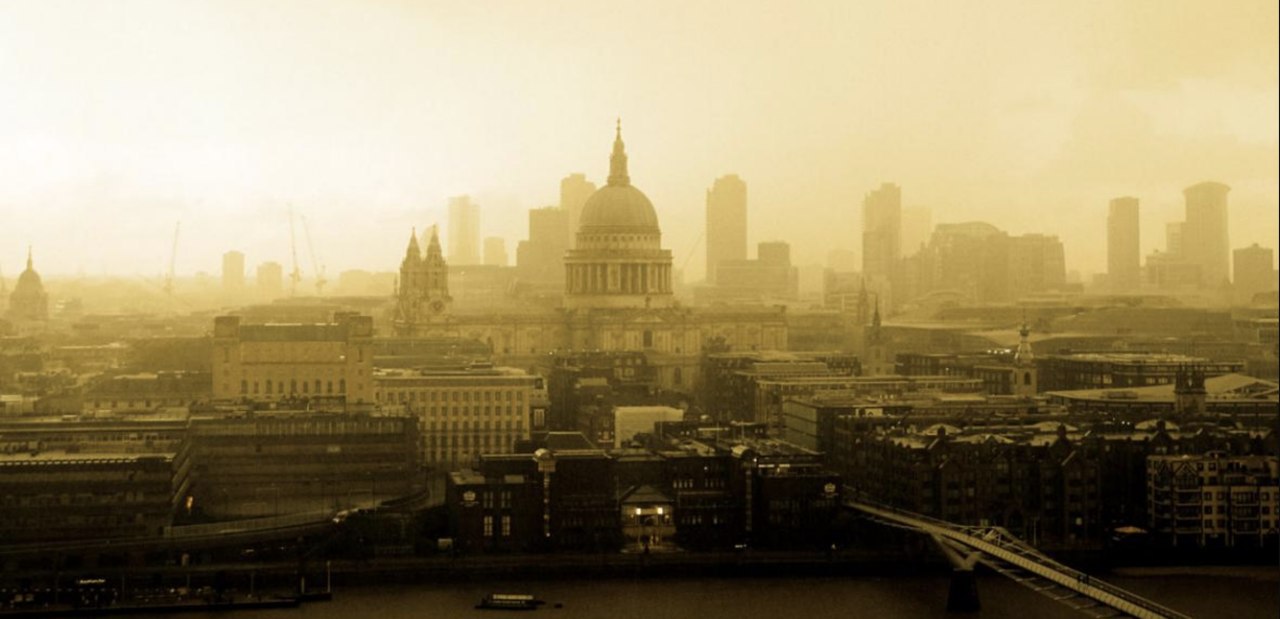
Chocking on air
The more we learn of environmental science, the more we realise how everything is interconnected. Over time, cities have become larger and so have the number of industries and vehicles burning fossil fuels that visit city locations and reside therein. Pollutants in the air all across the globe have been worsening over time, with air quality in many of the world’s cities way below acceptable levels, as defined by the World Health Organization (WHO) air quality guidelines.
The theme for World Environment Day in 2019 was air pollution. All around the world, from megacities to small villages, people are breathing dirty air. An estimated 9 out of 10 people worldwide are exposed to air pollutants that exceed WHO air quality guidelines. This is lowering life expectancy, straining public health services, and damaging economies across the planet.
Air pollution refers to substances in the air that harm human health, welfare, plant or animal life. Most pollution in Cities is caused by road transport and domestic and commercial heating systems.
The WHO estimate air pollution kills 7 million people annually, causes long-term health problems, such as asthma, and reduces children’s cognitive development. According to the World Bank, air pollution costs societies more than $USD 5 trillion every year.
The UK Air Quality Standards Regulations 2010 sets standards for a number of pollutants than can harm human health and the environment. These are based on EU limit values and include:
• sulphur dioxide (SO2)
• nitrogen dioxide (NO2)
• nitrogen oxides (NOx)
• particulate matter (PM10 and PM2.5)
• lead
• benzene
• carbon monoxide (CO)
• benzo(a)pyrene
• ozone (O3)
To improve air quality, we must know our enemy. Deaths and illnesses from air pollution are caused by tiny particles that penetrate our defences every time we fill our lungs. These particles come from many sources: the burning of fossil fuels for power and transport; the chemicals and mining industries; the open burning of waste; the burning of forests and fields; and the use of dirty indoor cooking and heating fuels, which are major problems in the developing world.
Air pollution effects everyone. How? It robs us of our most precious gift, ...TIME. There are many estimates on what it costs in time lost, ranging from 6 months in London and other large European capital cities to 3 to 5 years in major cities in China and India. How do we price “loss of quality of life”? According to the Journal of Research in Medical Sciences:
“Long and short term exposure to air suspended toxicants has a different toxicological impact on human including respiratory and cardiovascular diseases, neuropsychiatric complications, the eyes irritation, skin diseases, and long-term chronic diseases such as cancer. Several reports have revealed the direct association between exposure to the poor air quality and increasing rate of morbidity and mortality mostly due to cardiovascular and respiratory diseases. Air pollution is considered as the major environmental risk factor in the incidence and progression of some diseases such as asthma, lung cancer, ventricular hypertrophy, Alzheimer's and Parkinson's diseases, psychological complications, autism, retinopathy, fetal growth, and low birth weight.”
So how do we protect ourselves from air pollution? That is a hard question to answer given the lack of data around air pollution. We simply lack the data to understand our exposure. That statement might appear to be a strange statement given most large cities in Western Countries have had air monitoring devices from the 1960’s. However, this antiquated monitoring systems are part of the problem. Historically, air quality was measured to better control traffic follows rather than to help people breathe. We now know that air quality changes hour by hour, street by street, region by region.
Environment4Change can help address this information gap by partnering with air quality monitor manufacturers, Universities and local and State Governments to get the monitors installed around school and Government building and personal air quality devices in the hands of concerned citizens across the globe. By collecting more data on our air quality and presenting it through our Platform as a Service (PaaS), allows the air quality data to be collected, examined, quantified and qualified, helping everyone understand what we are breathing in. This information will be shared so our government planners can action the data and correct the air quality for the benefit of us all. By informing our communities when and where you've been exposed to poor air quality, you’ll make better informed decisions to take personal action against pollution. You can find the best route the walk / cycle / run to work. You can walk / cycle / run when pollution is not peaking and you can find the best park to bring your children out. Over time all communities will build better habits to decrease hazardous exposure to pollution by tracking air quality around them, and correcting for the longer term.
